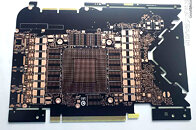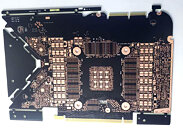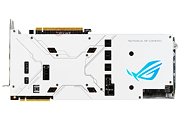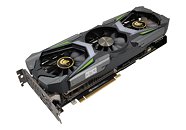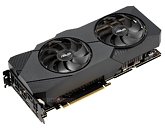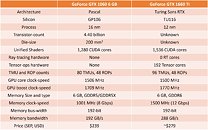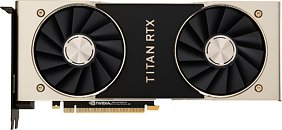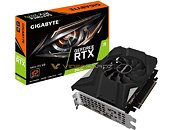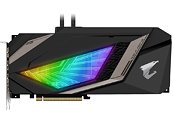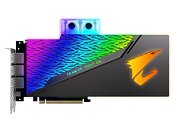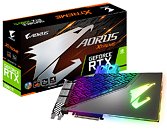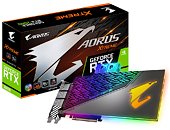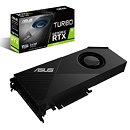The VirtualLink USB-C VR Headset Connection Standard is Dead
The VirtualLink Consortium which included the likes of NVIDIA, AMD, HTC Vive, Oculus VR, Valve, and Microsoft introduced the USB-C VirtualLink standard in 2018 and was debuted by NVIDIA on the RTX 20 series founders cards. The goal was to simplify VR headset connections by combining power, video, and data over a single USB-C cable. A few niche VR headsets such as the StarVR and XTAL integrated the VirtualLink connector but the standard struggled to receive major adoption.
Valve had planned to introduce a VirtualLink connector for the Valve Index but was canceled due to technical issues. The only major headset to utilize the port is the Oculus Quest however it only uses the USB-C connector and not the VirtualLink standard. NVIDIA excluded the port from their RTX 20 series Super cards and AMD never released a card with the connector. The official VirtualLink website currently redirects to the Wikipedia page for the standard and with NVIDIA excluding the standard from all of their RTX 30 series cards it's safe to say the standard is officially dead.
Valve had planned to introduce a VirtualLink connector for the Valve Index but was canceled due to technical issues. The only major headset to utilize the port is the Oculus Quest however it only uses the USB-C connector and not the VirtualLink standard. NVIDIA excluded the port from their RTX 20 series Super cards and AMD never released a card with the connector. The official VirtualLink website currently redirects to the Wikipedia page for the standard and with NVIDIA excluding the standard from all of their RTX 30 series cards it's safe to say the standard is officially dead.



